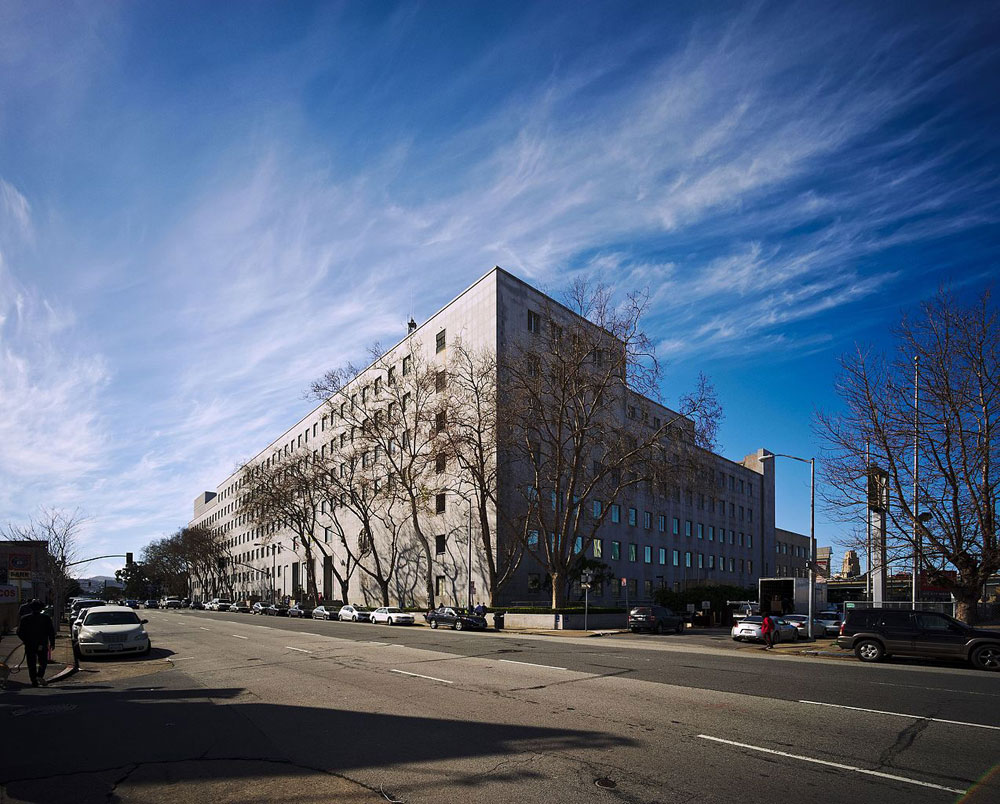
June 4, 2019; San Francisco Examiner
“With a 10–1 vote, San Francisco supervisors on Tuesday passed legislation to shutter The City’s Juvenile Justice Center by the end of 2021,” writes Laura Waxman in the San Francisco Examiner. “The proposal approved,” she adds, “includes amendments adding protections for the facility’s staff, who will be required to transition into other jobs, and requires the Board to approve a final closure plan for the facility as well as a separate resolution by June 1, 2021.”
This past March, NPQ covered a San Francisco Chronicle exposé that detailed the dramatic decline in youth crime both statewide and especially in San Francisco itself. In the mid-1990s, felony juvenile arrest rates in San Francisco exceeded 160 per 10,000 youth. Today, that rate is closer to 10 per 10,000 youth.
One outcome of these trends is heavy overspending on the few remaining young detainees. San Francisco’s juvenile facility can house 132 people. It presently holds 39. Because of fixed costs, the city now pays more than $270,000 per person it holds in Juvenile Hall. All told, the expense works out to about $13 million a year.
When NPQ wrote about the Chronicle study, we asked whether politicians would be willing to shift resources from detaining youth to supporting youth in areas where resources are short, such as schools. In San Francisco, at least, the answer appears to be yes.
But the legislation is not just about saving money. “The harsh truth is that the incarceration of children in jail-like environments, behind steel doors in concrete rooms, does not work,” says Supervisor Matt Haney, one of the bill’s three authors. “Incarceration adds trauma and pain to the lives of children who have often already experienced an unimaginable amount of trauma and pain…kids need treatment, support, education, community based, non-incarceration-based opportunities. They need better than we are doing now.”
Sign up for our free newsletters
Subscribe to NPQ's newsletters to have our top stories delivered directly to your inbox.
By signing up, you agree to our privacy policy and terms of use, and to receive messages from NPQ and our partners.
“The legislation,” notes Waxman, “gained the backing of every supervisor except Catherine Stefani, who cast the sole vote against it.”
Mayor London Breed has indicated her opposition, but with a veto override only requiring eight votes, the 10–1 margin makes the legislation very secure. Other opponents included Chief Probation Officer Allen Nance and local NAACP leader Rev. Amos Brown. Otherwise, support is widespread, including the San Francisco’s Public Defender’s Office and District Attorney George Gascon.
A summary of the legislation is available here. The legislation creates a 13-person working group that is charged with developing a plan to:
- “Close Juvenile Hall by no later than December 31, 2021.”
- “Strengthen and expand community-based alternatives to detention.”
- “Provide a rehabilitative, non-institutional place or places of detention, in locations approved by the Court, which is available for all wards of the Court and persons alleged to come within the jurisdiction of the Court.”
- “Reinvest any monies saved by the closure of Juvenile Hall in high-quality, effective, community-based alternatives to detention; an alternative, rehabilitative, non-institutional center for youth who are detained; and mental health and educational support for detained youth.”
Writing in Teen Vogue, Lucy Diavolo calls attention to the vital advocacy role played by the Young Women’s Freedom Center, which she describes as “a nonprofit organization focused on advocacy, research, and coalition-building for the communities (often of color) who find their young folks incarcerated.” Jessica Nowlan, the center’s executive director, explains to Diavolo, “We work to build personal and collective power so that we can transform the systems that keep us stuck in a cycle of poverty, incarceration, and violence.”
Shutting the Juvenile Hall down, Nowlan adds, is “deeply important and part of our strategy” to interrogate San Francisco’s “ecosystem of criminalization of poor folks of color.” Tenaya Jones, an 18-year-old organizer with the center, tells Diavolo that she hopes the juvenile hall’s $13 million annual budget is reinvested in community resources.
Nowlan says the center’s work is part of a long-term effort to replace the current justice system with a model that is both participatory and decolonizing, as is outlined by a 57-page report published by the center earlier this year. “Systems are never going to transform themselves, and we know that.…I think what we’re saying with shutting down Juvenile Hall is, ‘Do we think [juvenile incarceration] is the only solution?’ Absolutely not.”—Steve Dubb













